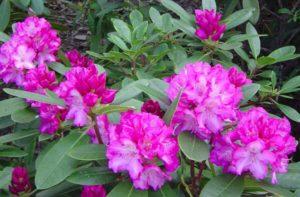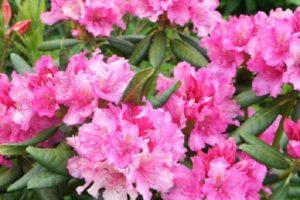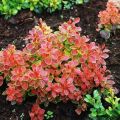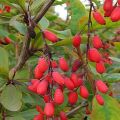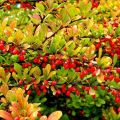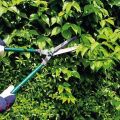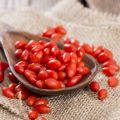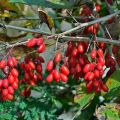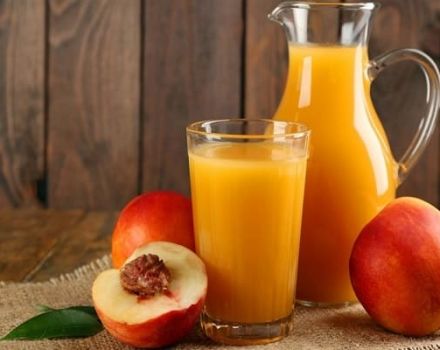Planting and caring for barberry Ottawa Superba, methods of reproduction and fight against diseases
Growing ornamental shrubs is a simple and rather fascinating procedure, because when forming a bush, you can realize your most cherished desires. The cultivation of the Ottawa Superba barberry is not difficult, planting and care does not require much effort, and a beautiful shrub is obtained at the exit.
General characteristics of the Ottawa barberry
All varieties of barberry are grown most often for the purpose of decoration. The shrub reaches its main decorative effect in the 6-8th year of cultivation. The plant begins to bloom in mid-May and lasts about 3 weeks. The barberry shrub has small, yellow flowers with a reddish tint. For fruiting, barberry needs insects for pollination.
Fruiting at the bush begins in the 6th year of life, depending on the variety, it lasts from August to September. The yield of an adult shrub is 11-13 kg. The fruits can sag before winter begins. Life expectancy of barberry is up to 50 years. With proper care, the bush bears fruit for about 40 years.
Pros and cons of the variety
The advantages of this type of barberry shrub include:
- increased growth rate, annual growths grow up to 35 cm long;
- unpretentiousness, the plant adapts perfectly to different types of soil;
- resistant to drought, insufficient lighting;
- rarely affected by harmful insects;
- fast plant recovery after mechanical damage;
- with proper care and cover, it grows in the northern regions.
There is one minus for this variety: it is characterized by average winter hardiness. Accordingly, there is a possibility of partial freezing of young shoots in the bush.
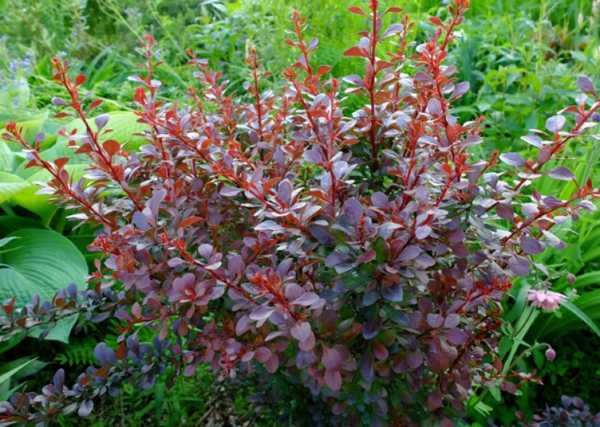
Ottawa shrub varieties
Bred in Canada by crossing Thunberg barberries and the Ordinary variety. The natural habitat of shrub growth is along rivers, ravines, forests.
Auricoma
During the growing season, a neat compact plant is formed, reaching a height of 1.7 to 2.4 m. After blooming, large leaf plates of the bush acquire a dark red color, with the approach of autumn they change to lighter orange shades.
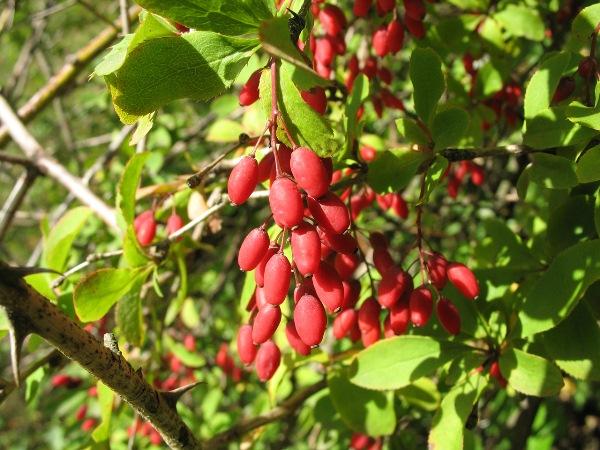
Superba
Superba in height can reach from 2.4 to 2.9 m. The leaf plates have a dark red or purple color with a bluish overflow.
Silver Miles
Sprawling shrub, reaching a height of 2.1 to 2.7 m. The leaves of barberry are purple with a silvery tint.
Landing
The ideal option for cultivating barberry is the purchase of a 2-3-year-old seedling. It is advisable to do this in a specialized store.... The main characteristic of the quality of the seedling is that the root system should be at least 25 cm long, without signs of rot and mechanical injuries.
30 days before planting the barberry bush, it is important to dig up the site, clear it of weeds. Particular attention is paid to soil nutrition, it is necessary to add: potassium salt, superphosphate, compost or manure, lime (if the soil is excessively acidic).
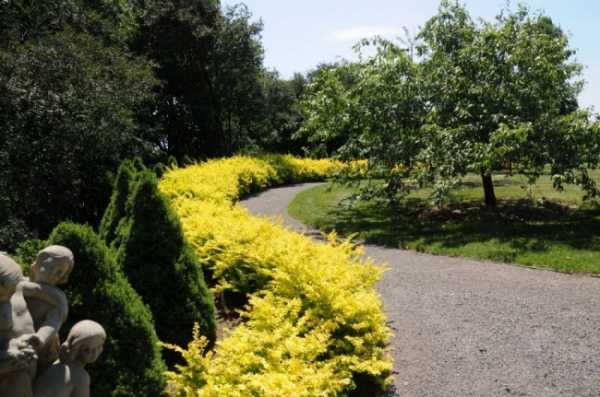
The distance between plants is selected based on the purpose of planting. If it is necessary to form a dense hedge from a live shrub, 4 seedlings are planted on a meter section, for a more rarefied planting - two seedlings.
To disembark, you must:
- form a hole 40 by 40 cm;
- pour a layer of fertile soil on the bottom;
- apply fertilizer (slurry, potash salt, ash), mix with the ground;
- water;
- in the middle of the pit, install a barberry seedling so that the root collar does not deepen, taking into account the subsequent shrinkage, it is located 3-4 cm above the plane of the ground;
- cover with fertile soil, compact, mulch with a peat layer, chopped straw, humus.
It is allowed to plant a bush in the spring before the buds swell, when the soil is thoroughly warmed up. The growing season begins early in barberry, respectively, when planted in the spring, it is more difficult to take root. More favorable autumn planting, 25-30 days before the onset of frost. During this period, the root system of the plant will undergo adaptation and hardening, which will significantly increase winter hardiness.
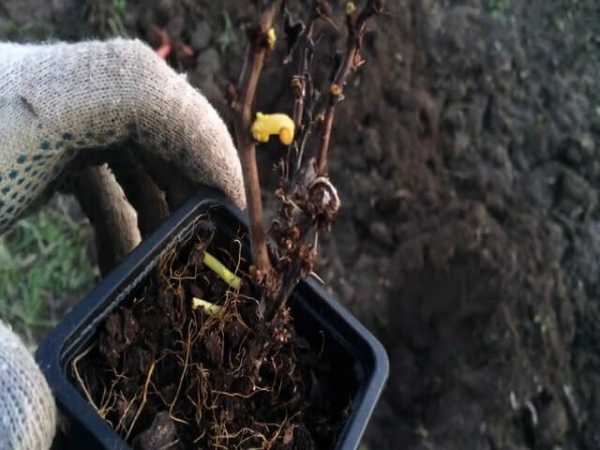
Further care of the plant
Compliance with the requirements for caring for the barberry bush is the key to the successful development of the plant.
Priming
This variety is unpretentious to the composition of the soil, but sensitive to excess moisture. Accordingly, the presence of groundwater is taken into account, they should pass no closer than 2 m. Otherwise, it is recommended to lay out a high-quality drainage layer.
Location
The shrub likes areas with sufficient lighting, protected from through winds. It grows well in shaded areas, but the color saturation of the leaves decreases.
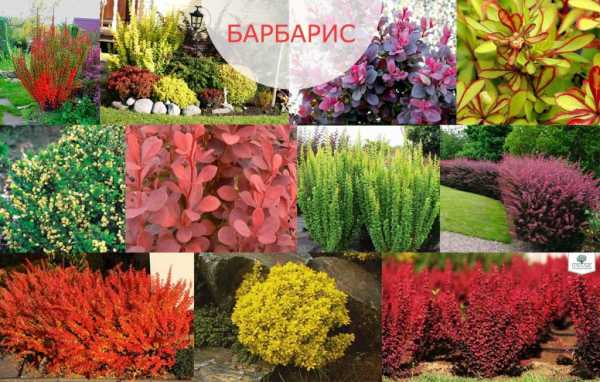
Watering
Watering the plant is carried out after each fertilization and once in 7 days in dry weather. One bush needs, depending on age, from 6 to 9 liters. After the watering procedure, it is important to tidy up the mulch. The last watering of barberry is carried out in the autumn period, 14-16 days before the onset of frost.
Top dressing
Nutrition after planting the plant must be done in the spring of the next season. To stimulate vegetation, it is recommended to add urea at the rate of 35 g per 10 liters of liquid. Further, nitrogen is fed every fourth year.
For abundant flowering and good ripening of new branches, it is necessary to feed with organic matter: pour 1 kg of rotted manure with 3 liters of liquid and stand for three days. Then dilute in the proportion: 1 (infusion) to 3 (water). For strengthening before winter, it is necessary to add 13 g of superphosphate and 10 g of potassium sulfate.
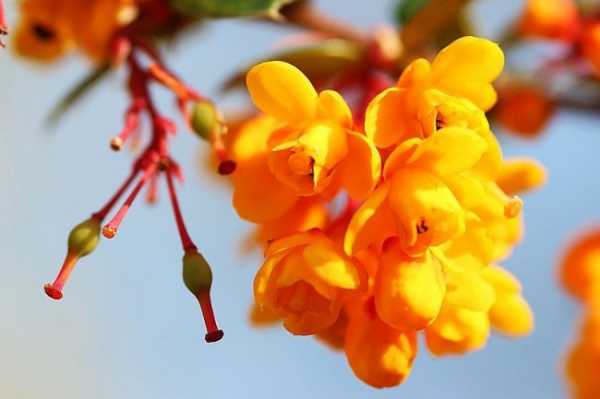
Pruning
Since the barberry shrub is an ornamental plant, pruning is necessary to maintain a decent appearance, and annual pruning. It has two goals:
- Stimulation of the growth of new shoots, in which leaf plates are better decorative.
- Sanitation: necessary to eliminate unnecessary load on the plant, prevent the spread of diseases, damage by harmful insects.
Autumn pruning is sanitary. It is produced at the time of the transition of the bush to the dormant stage, as a rule, this is 15 days before the onset of the first frost.Given the region of growth, these periods range from late September to late November.
You need to remove:
- old dry branches;
- damage by pests or diseases;
- ugly woven branches;
- shoots that have directed their growth to the center of the crown.
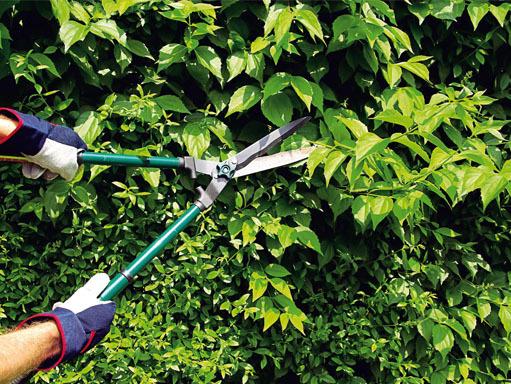
It is important to coat large cuts with garden var. Dispose of all trimmed parts. If the barberry bush grows singly, then the formation of a beautiful crown is carried out in a natural way, since new branches grow upward. Accordingly, such shrubs only need sanitary pruning.
When the barberry forms a hedge, systematic pruning is necessary. To do this, in the second year after planting, new branches need to be shortened by half, which will stimulate the thickening of the barberry. The barberry bush blooms on the growths of the previous season. Accordingly, in order for the branches with flower buds to grow, it is better to prune immediately after the flowering process of the barberry.
A similar haircut procedure is carried out in the following seasons, the growths on the top and side are shortened.
The plant is quite malleable to a haircut, which allows it to bring to life various creative ideas: to give the appearance of a ball, triangle, to create a figure in several tiers. But it is worth remembering that in the process of crown formation with regular pruning, you can forget about the flowering of the shrub.
Wintering
In the first winter season after disembarkation, the barberry needs solid shelter. It is necessary to increase the thickness of the mulch to 10 cm. INPull these plants with a wide rope, cover with burlap or other material. In addition, it is recommended to overlay spruce branches, shovel up snow.
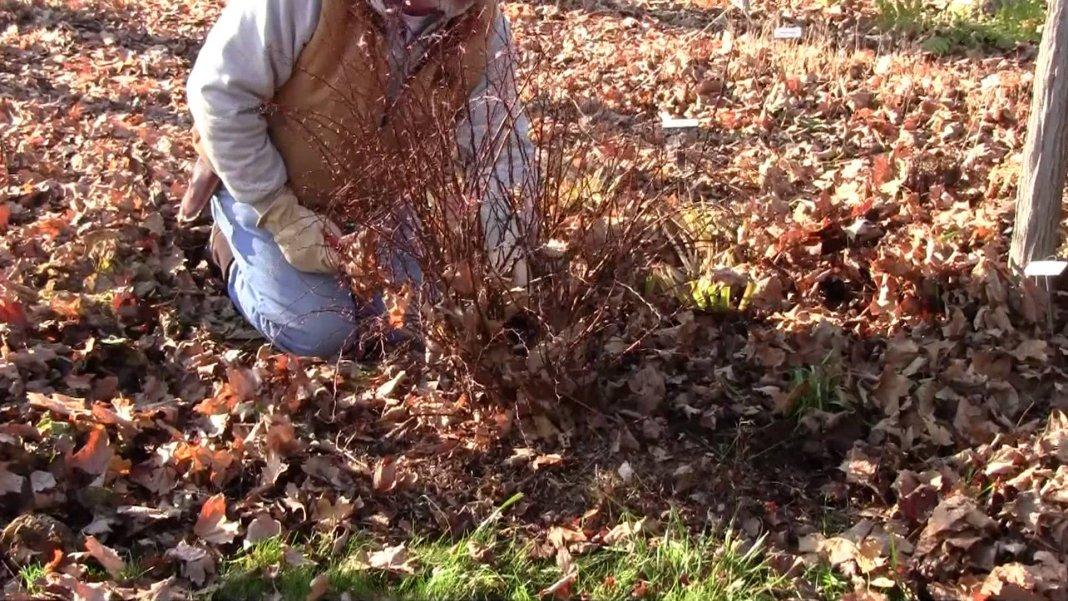
Disease protection
The weak side of the barberry bush is fungal lesions. These include powdery mildew, rust. Often, leaf plates are affected, less often branches and fruit parts. To eliminate the disease are used: "Vectra", "Topaz", "Fundazol", copper sulfate, colloidal sulfur, Bordeaux mixture. Given the degree of infection, 4-6 sprays are carried out. For preventive purposes, it is recommended to treat the plant with fungicides every season.
Pest control
The defeat of shrubs by pests is observed with massive infestation of the site or non-observance of the rules of agricultural technology (excessive moisture, dense crown). Barberry is often affected by aphids. This pest feeds on the underside of the leaf. With a strong lesion, the leaf plates dry out. For destruction use: "Karbofos", "Actellik", "Confidor", "Bankol".
Reproduction
The propagation of the Ottawa barberry variety occurs in the following ways, each of which is characterized by its own pros and cons:
- Layers: Not all varieties of barberry produce layering.
- Division of the bush: the risk of injury to the root system increases.
- Cuttings: adaptation and rooting is relatively slow.
- Seeds: the germination capacity of the seed material of the barberry bush ranges from 20% to 40%, it is worth noting that the varietal characteristics of the new bush will not always be preserved.
Each gardener can choose a breeding method at his discretion.
